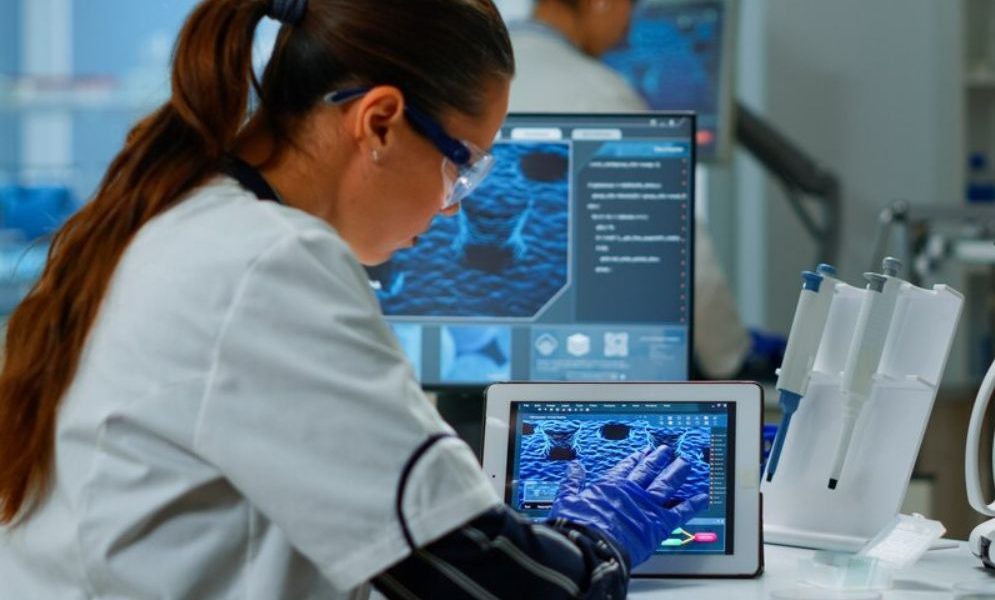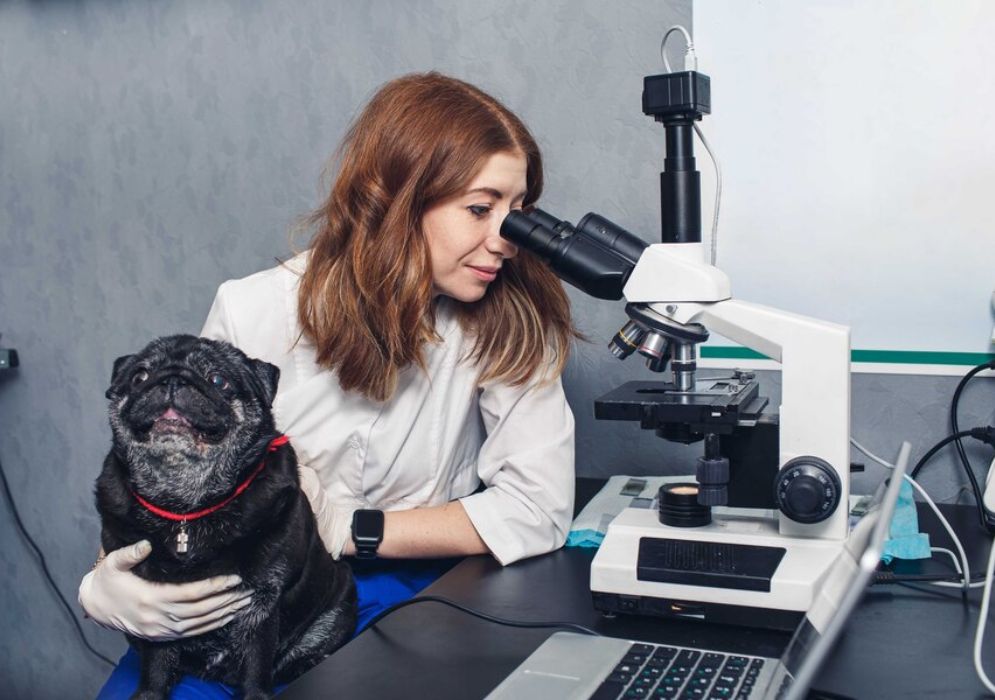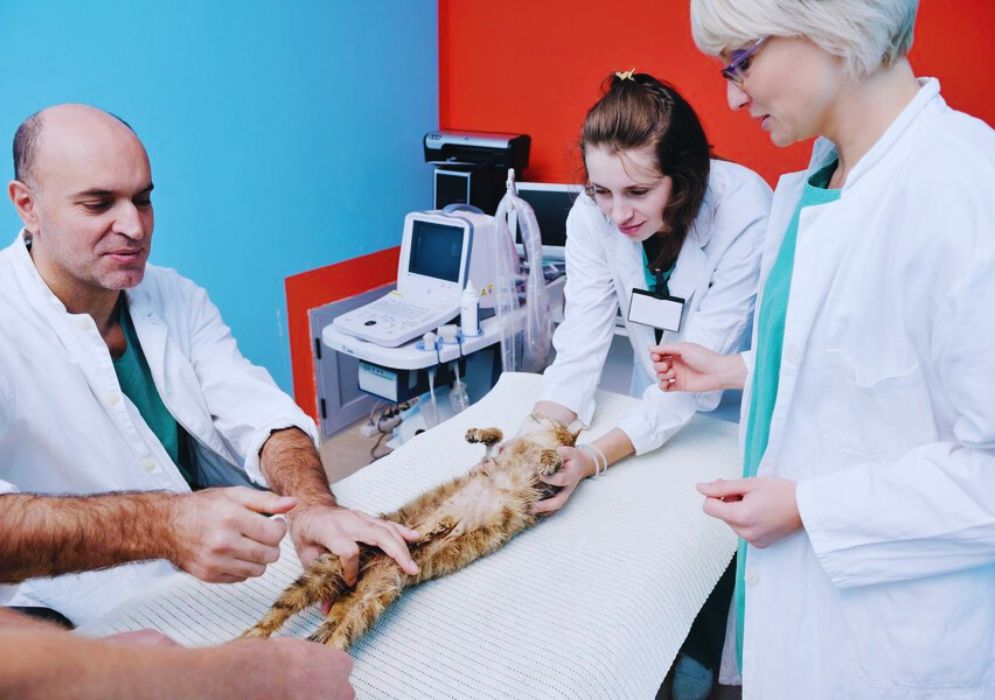How Veterinary Labs Are Revolutionized by Laboratory Information Systems


You know the stakes are high if you’ve ever worked in a veterinary lab or even observed one in action. Every test, every sample, and every record directly impacts the health and treatment of animals.
And let’s face it, the traditional way of doing things—paper forms, manual data entry, endless phone calls. It can feel like a game of juggling flaming torches, an organized system.
So labs are turning to laboratory information systems (LIS). This isn’t just some trendy tech upgrade.
For veterinary labs, it’s become a lifeline, transforming how tests are managed, results are delivered, and teams communicate. Let me walk you through the difference an LIS makes in the real world.
When Mistakes Aren’t an Option

Earlier the days of automated systems, the risks of working without one were painfully clear. Imagine a busy Tuesday morning, and a lab technician is processing a rush of clinic samples. One blood sample is placed in the wrong tray. It’s mislabeled.
Nobody notices til later. After the bad result has been sent to the vet. The panic sets in: does the lab even have the proper sample anymore? Will the animal get the wrong treatment because of this?
An LIS practically eliminates that scenario. Each sample gets a barcode upon arrival, and the system tracks it every step of the way. There’s no guesswork, no chance of losing the trail. The technicians breathe easier. And veterinarians get the confidence they need to move forward with treatment.
And it’s not just about preventing catastrophic errors. Even small mistakes—a typo in a report or a missing piece of patient history—can slow everything down. By digitizing and automating these processes, an LIS keeps everything running smoothly, even on the busiest days.
A Day in the Life of a Lab Technician—Before and After
I once spoke to a lab technician who had worked in both a pre-LIS world and a lab fully equipped with one. She described her early days like this: “It was chaos.
You’d have sticky notes everywhere, tracking which test went where. If a vet called for an update, you’d have to dig through paperwork just to figure out the status of a single test.”
After her lab adopted an LIS, everything changed. The system tracked every test in real time. “It was like having a second brain,” she told me. “Instead of spending half the day chasing information, I could focus on running the actual tests. And the vets stopped calling us every five minutes because they check the system themselves.”
That shift not only improved the workflow but also reduced burnout among the staff. It’s no secret that lab technicians often feel overworked, and anything that takes pressure off their shoulders is a win.
Faster Results, Happier Clients
Time is everything if a pet is sick. Pet owners don’t want to hear, “We’re waiting on the lab.” They want answers—and fast.
Veterinary labs with an LIS can provide that speed. By automating parts of the testing process and organizing everything digitally, these systems ensure results are ready sooner.
Let’s say a dog comes in with symptoms of a kidney issue. The vet needs bloodwork results to confirm the diagnosis.
With an LIS, the lab processes the sample and uploads the results. And alerts the vet when they’re available. The pet owner gets a call the same day with a diagnosis and treatment plan than waiting days for updates.
This kind of efficiency helps animals get the care they need faster and strengthens the trust between the lab, the vet, and the pet owner. It’s a win for everyone involved.
Making Life Easier for Lab Staff

People who work in veterinary labs are in it for the animals. They don’t want to spend their day hunting for misplaced records or double-checking inventory. An LIS takes care of those headaches.
One of the most underappreciated features of an LIS is inventory tracking. Running out of reagents or test kits during a busy day can bring everything to a screeching halt. With an LIS, the system monitors supply levels and alerts when stock runs low. It’s one less thing for staff to worry about.
Another game-changer is how these systems handle reporting. Then, manually create reports for all tests. The LIS generates them automatically. That saves work hours and ensures that every report is consistent and professional.
Collaboration Without Frustration
Veterinary medicine is often a team effort. A general vet may need to consult a specialist, or multiple technicians might handle different case parts. When communication breaks, it can delay care and cause frustration for everyone involved.
An LIS solves this by serving as a central hub for all diagnostic data. Everyone—from the lab techs to the veterinarians—has access to the same up-to-date information.
If a vet needs to review a report, they can pull it up instantly. If a technician needs to know which tests have been completed, it’s all in the system. No phone calls, no guesswork—just smooth collaboration.
Preparing for the Future of Diagnostics
The field of veterinary medicine isn’t standing. New diagnostic tools, from genetic testing to advanced imaging, are becoming more common. Labs that want to stay competitive need systems that can adapt to these changes and a LIS is built to do just that.
For example, some modern LIS platforms can integrate with genetic testing tools, allowing labs to offer cutting-edge services, not overhauling their workflow. This flexibility ensures that labs can keep pace with advancements, delivering excellent care.
Why It All Matters
Veterinary labs exist for one reason: to help animals. Every test they process is a step toward better health for a pet, livestock animal, or even wildlife.
And those tests are accurate, fast, and seamlessly shared with the veterinary team, it makes a world of difference—not just for the animals, but for their human caretakers too.
For lab staff, an LIS means less stress, fewer mistakes, and more time to focus on the work they love. For veterinarians, it’s a tool that helps them deliver better care. And for pet owners, it’s reassuring that their furry friends are in good hands.
Veterinary labs face enough challenges as it is. Adopting a veterinary LIS doesn’t just make their work easier—it transforms chaos into clarity and stress into success.








Leave A Comment